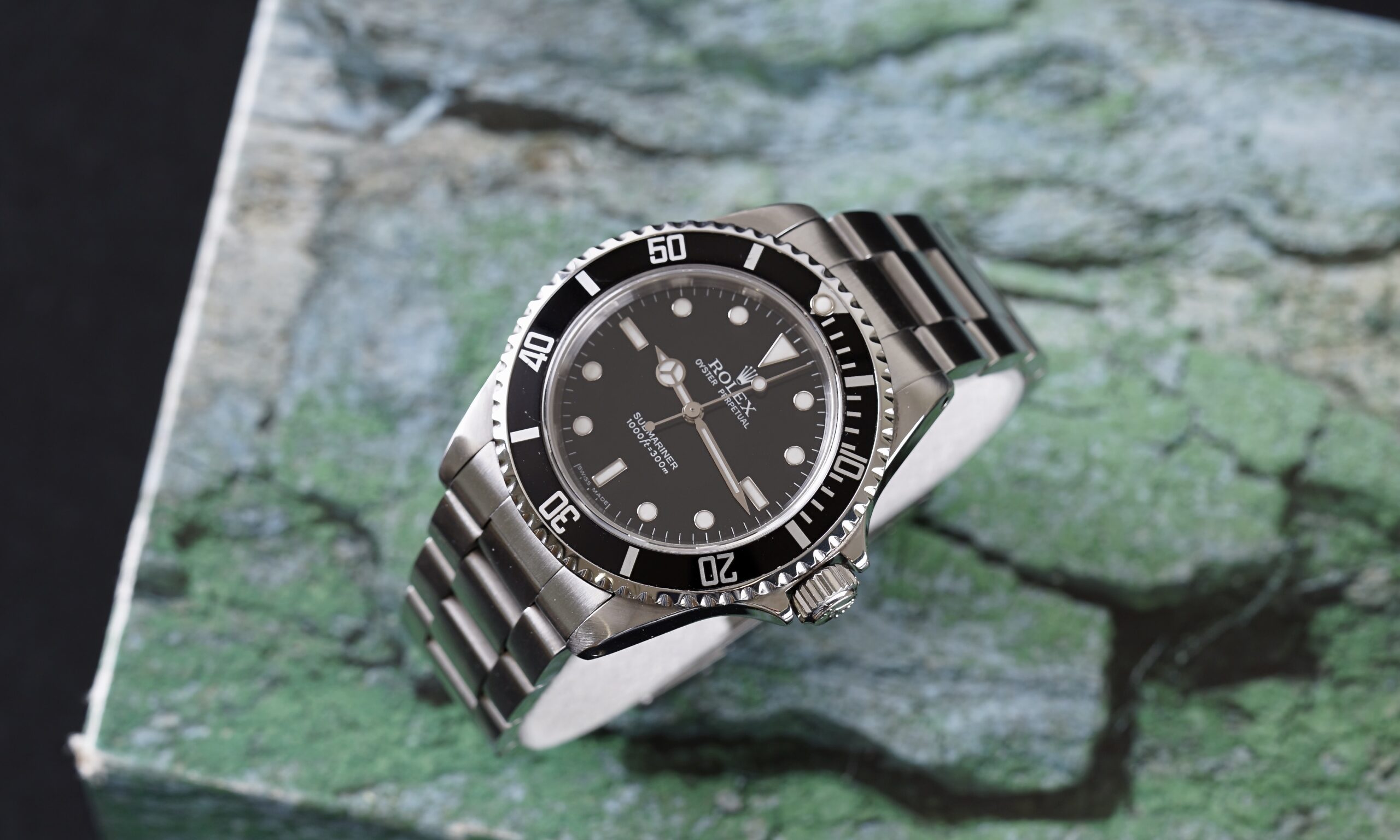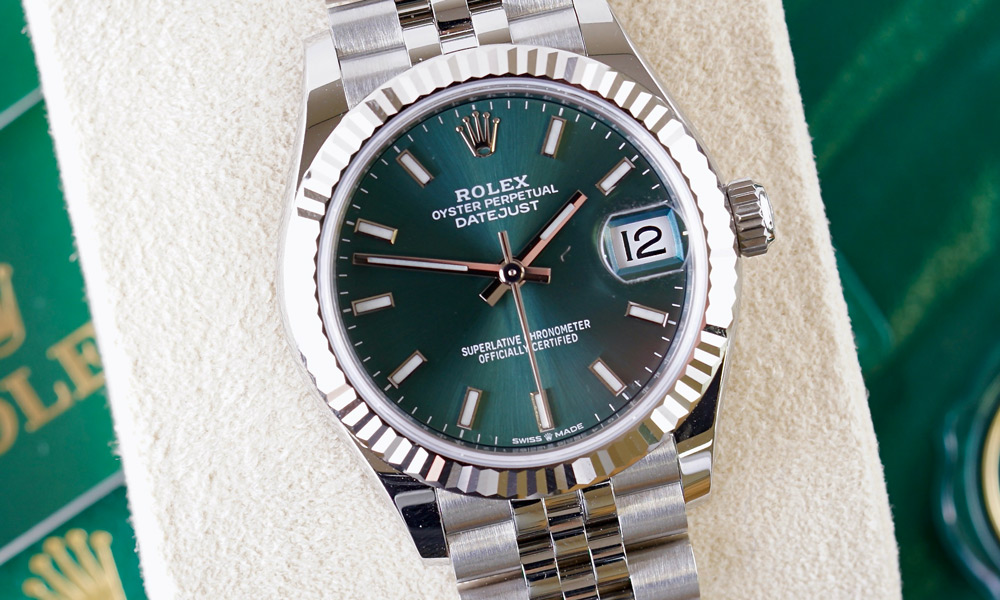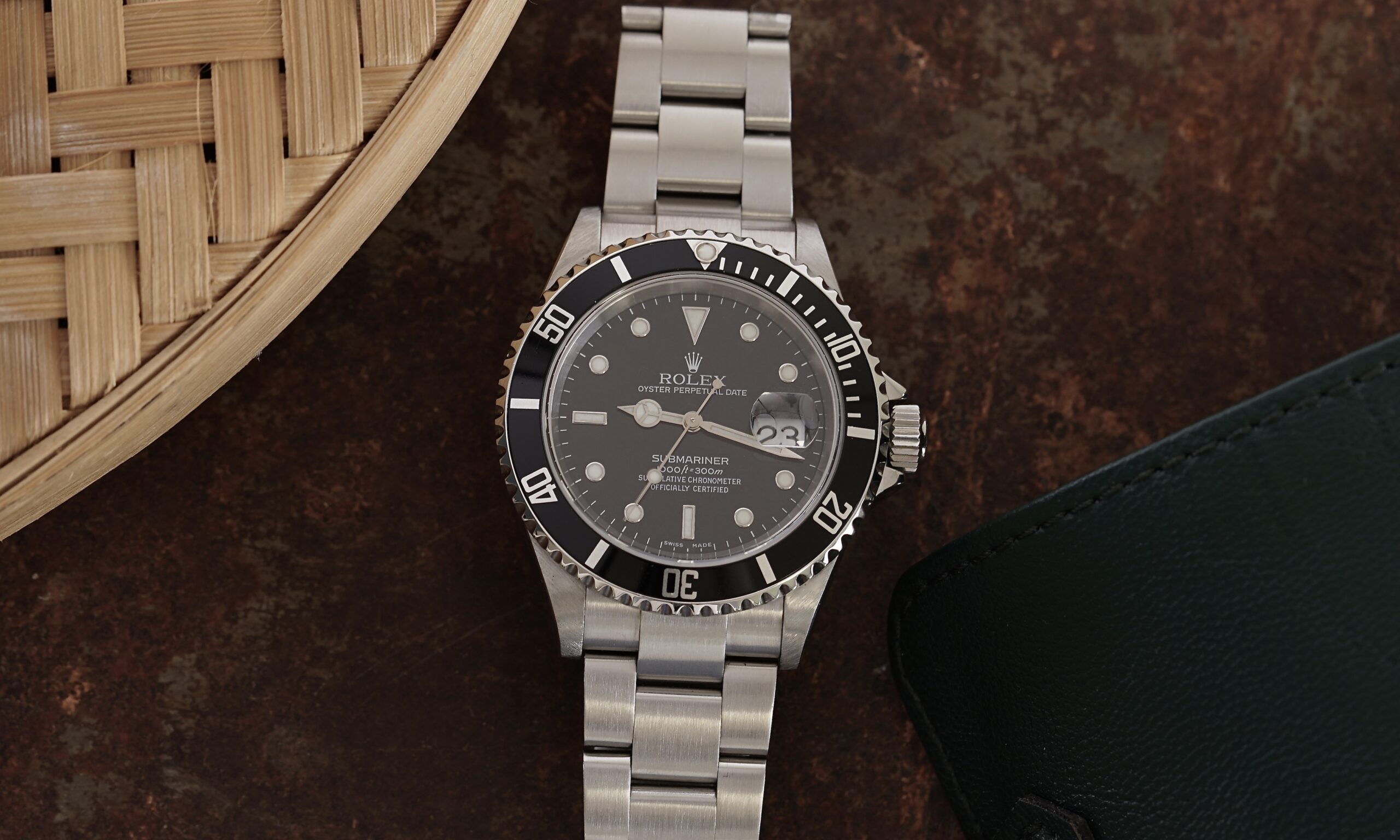The history of the Rolex Submariner is much more detailed than you would think. In the early ‘50s, René-Paul Jeanneret, the Public Relations Director at Rolex at the time had an idea that would help continue the innovation of luxury watches for years to come. Before this, wristwatches were more seen as jewelry for elite women whereas pocketwatches were usually the accessory of choice for men. But Jeanneret did diving as a hobby and really wanted to develop a watch that could handle the pressure of going deep into the ocean as well as look aesthetically pleasing and do more than just displaying the time.
The Need for Diving Watches
For most of the 20th century, Rolex had been working to develop the best way to waterproof their watches and found in 1926 the Oyster case. They then went on to develop the self-winding Perpetual movement in 1931. This gave the wristwatch a design of durability and help enhance their watches for a more masculine audience. With Jeanneret’s push for new developments, Rolex began to release watches like the Explorer, GMT-Master, Milgauss, Turn-O-Graph, and a bit later the Daytona, with the Submariner being the main focus of this article.
Most of the diving technology at the time was still in the beginning stages, with most of the advancements stopping after World War 2. Jeanneret at the time was close friends with French naval officer and underwater pioneer Jacques Cousteau, who directed multiple deepsea films that helped grow the popularity of diving as well as the Aqua-Lung which supplies air on demand to divers so that they can remain underwater. With Cousteau as a consultant, Jeanneret developed Rolex’s watch for divers.
The Rolex Submariner as first watch to dive 100M
Before the Submariner’s time, there was the Omega Marine of 1932, the Panerai Radiomir of 1936, and most famously, the Blancpain Fifty Fathoms which was developed by two military frogmen, Captain Robert ‘Bob’ Maloubier and his second-in-command, Lieutenant Claude Jean Riffaud. They established the Nageuers de Combat, or combat swimmers division, for the French Ministry of Defense in 1952 and were put in a position where they had to create their own equipment, lending them to create the Blancpain Fifty Fathoms model dive watch.
At the time the Blancpain Fifty Fathoms was developed with a black dial designed with white indexes and handset for easy readability, an automatic movement which mitigates the issue of having to use the crown every day to wind the watch, a rotating bezel to track immersion, and a waterproof case. Rolex developed the Submariner along the same lines. Both were released in 1953, with the Submariner making its complete production the following year with the Basel Fair.
The unidirectional bezel was patented to Blancpain, this caused Rolex to have to develop bidirectional bezels to avoid a lawsuit up until the ‘80s. The Oyster case still set the Submariner apart from its competitors with the winding crown system, providing a great amount of protection when diving as well as preventing other debris from corroding the watch. But upon its release, the Submariner had some improvements to make to set up apart from other, more securely designed diving watches.
With the Twinlock crown, the Rolex Submariner soon became a watch in its own class. Using two sets of O-rings to form two watertight seals inside of the winding stem, created a mechanism to allow the Submariner to be the first dive watch to go down to 100 meters.

(Rolex Submariner No-Date Reference 14060)
50 Years of the Rolex Submariner and Beyond
Rolex celebrated the Submariner’s half-century in production with a new stainless steel addition being the first time that Rolex has used the color green in its designs. The ref. 16610 includes an “LV” standing for Lunette Verte, or “green bezel” in French. It was soon nicknamed the Kermit by collectors. This brought along with it some of the biggest changes for the Submariner. By 1959, Rolex developed a Submariner reference 5512 that would remind the design until 2010 with the introduction of the Super case. Up until that point, most of the improvements were small and concerned with materials, movements, and a few minor design revisions.
While ref. 1680 is almost identical to 5512, it brought with it a date function which the series never encountered until that time. Not everyone thought that this was a good idea, calling this addition the end of the Submariner’s beloved design. Some believed that real divers don’t need to know the date while diving and that Rolex was trying to move the watch away from its customers who were true divers, both of which are honest critiques but maybe a bit of an exaggeration. In reality, the Submariner has always been marketed as more than a divers watch, with more style and elegance than more watches designed primarily for divers. Just look at the advertisement for Dr. No in 1962 with Sean Connery wearing a Submariner. James Bond isn’t a serious diver, he’s a glamorous spy who dresses in tailored tuxedos. But with the introduction of the ref. 1680, Rolex added even more elegance to the Submariner design.
Along with the addition of the date display, the ref. 1680 was also the first release of the watch in 18k gold, with a blue dial and bezel option, moving away from its all-black option. With the Super Case, Rolex gave the Submariner a 40mm sized upgrade, while on paper having the same dimensions, the lugs, and the crown guards were designed to be thicker, making the watch look much bigger than it really was. That’s when in 2020, Rolex released an improved version of the Super Case that was less bulky but yet still impressive in size.

(Rolex Submariner Date Kermit 16610LV)
Is the Submariner the Watch for You?
If you’re debating on whether on not one of the many versions of the Submariner could be the watch for you, it’s important to consider whether you’re buying it pre-owned, vintage, or brand new. With many amazing qualities and functions, the Submariner is an innovative, sturdy watch that brings a great amount of style to any outfit.













